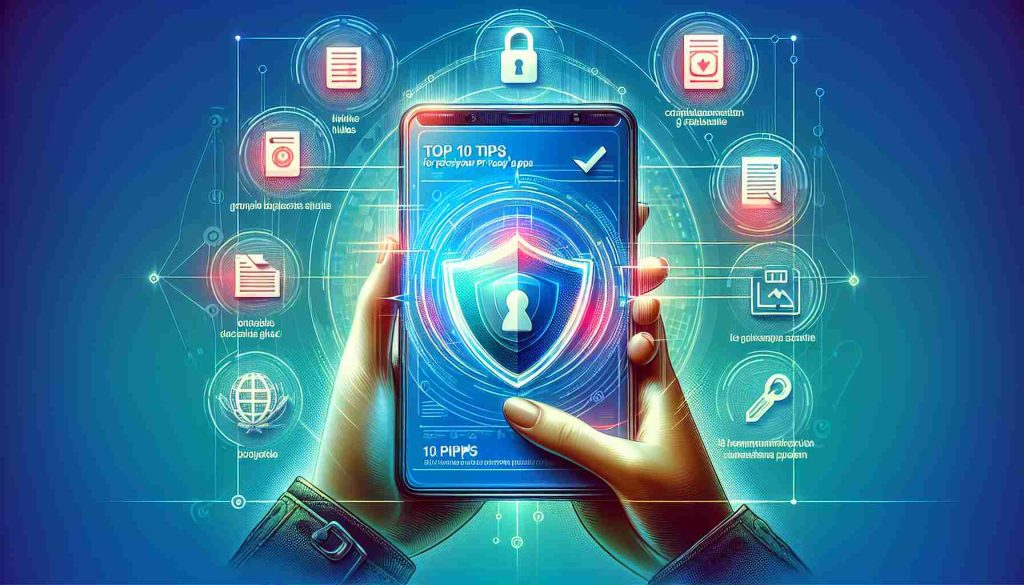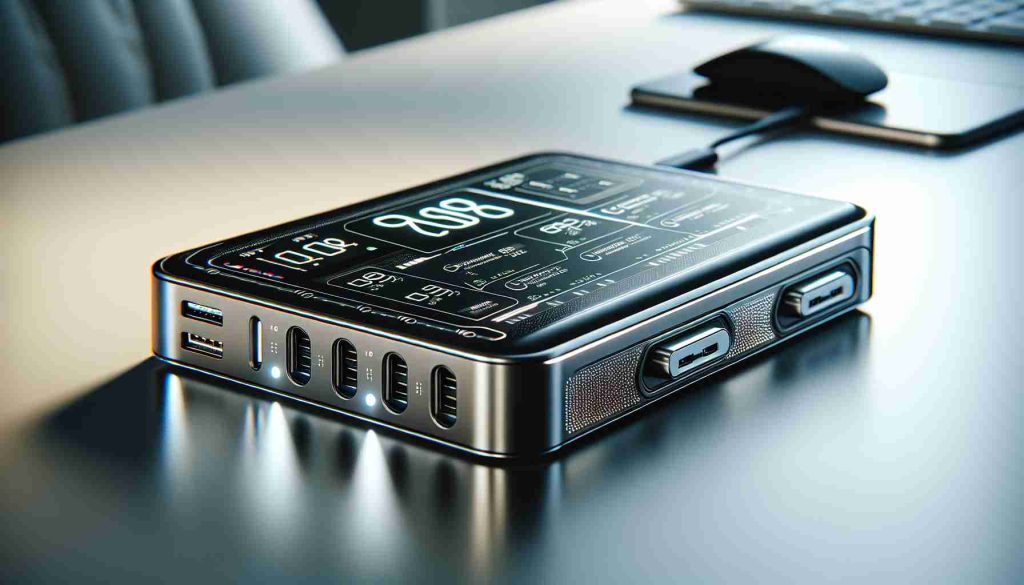Millions Lagging Behind in Technology Adoption
It’s been uncovered that a significant number of individuals, primarily residing in remote areas or belonging to marginalized groups, are still reliant on outdated 2G technology despite efforts to phase it out. The imminent shutdown of 2G networks highlights the ongoing digital gap in society.
Integrated Communication Strategies for Technological Upgrades
In the latest push towards modernization, various regions have launched campaigns to educate citizens on the transition from 2G to 4G technology. Collaborative initiatives between government bodies and telecommunications companies aim to ensure a smooth switch and prevent disruptions in communication services.
Challenges in Promoting 4G Devices
Encouraging the elderly, mountain dwellers, and island inhabitants to swap their basic 2G phones for smartphones poses a significant hurdle. The reluctance to upgrade stems from a necessity for simple voice communication, making it crucial to tailor persuasive approaches that address individual needs and circumstances.
Mobilizing for Inclusive Technological Advancements
Telecom entities acknowledge the obstacles faced in convincing specific consumer segments to embrace 4G devices. Targeting predominantly rural and elderly demographics, specialized outreach programs are being orchestrated to bridge the technological disparity and ensure equitable access to modern communication tools.
Addressing the Digital Divide: Progress and Persistent Challenges
As the transition from 2G to 4G technology continues, it is essential to assess the current landscape of the digital divide. While efforts have been made to upgrade telecommunications infrastructure and promote the adoption of more advanced devices, certain facts shed light on key issues that still need to be addressed.
How is the digital divide evolving with the shift to 4G technology?
The move towards 4G has undeniably improved internet speeds and connectivity for many individuals around the world. However, the digital divide persists as certain population segments remain underserved or unable to harness the benefits of this technological advancement.
What are the main challenges associated with promoting 4G devices?
One of the primary challenges lies in convincing marginalized groups, such as the elderly and residents of remote areas, to switch from basic 2G phones to smartphones. The reluctance to upgrade stems from various factors, including the preference for simplicity in communication and the perceived complexities of advanced devices.
Advantages and Disadvantages of 4G Adoption
The advantages of transitioning to 4G technology are evident, with faster data speeds, improved network reliability, and enhanced capabilities for multimedia content. However, the disadvantages include the initial cost of upgrading devices, the need for sufficient network coverage in all regions, and the necessity for digital literacy among users to fully benefit from the technology.
What are the controversies surrounding efforts to bridge the digital gap?
One key controversy revolves around the equitable distribution of resources and access to technology. While initiatives are in place to target specific demographic groups, there are concerns about the effectiveness of these programs in reaching those who need them the most. Additionally, debates persist on the long-term sustainability of bridging the digital divide and ensuring inclusivity in technological advancements.
In conclusion, while the transition to 4G technology represents a significant step forward in closing the digital gap, there are still crucial challenges and controversies that need to be addressed. Continued collaboration between stakeholders, innovative strategies for outreach, and a focus on inclusivity are essential to ensure that no one is left behind in the era of digital transformation.
For more information on efforts to bridge the digital divide and promote technological inclusivity, visit United Nations Official Website.























